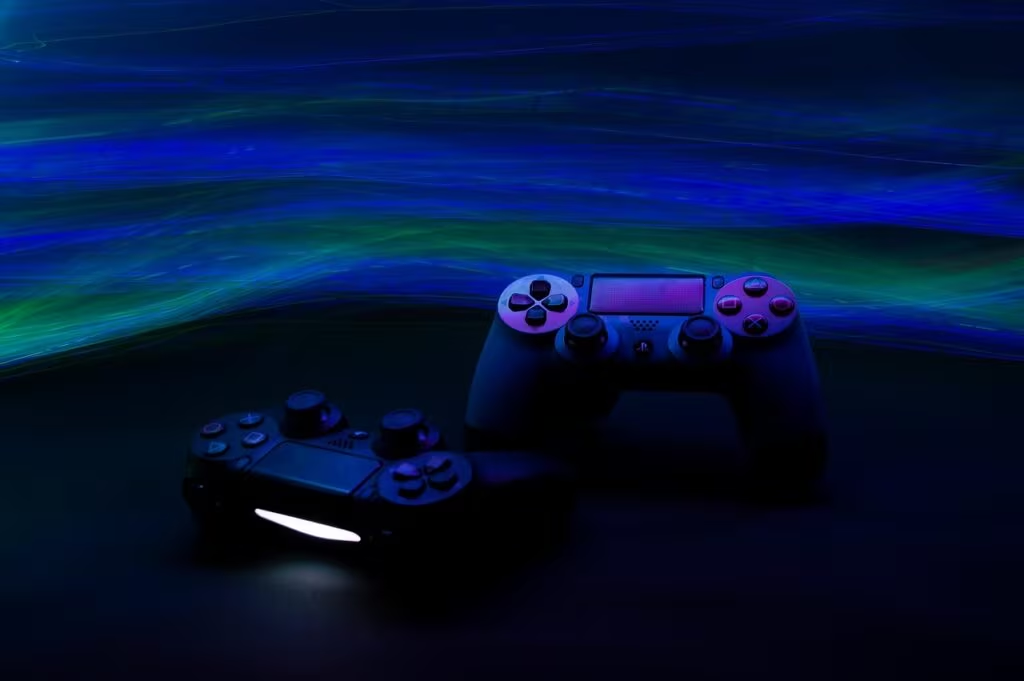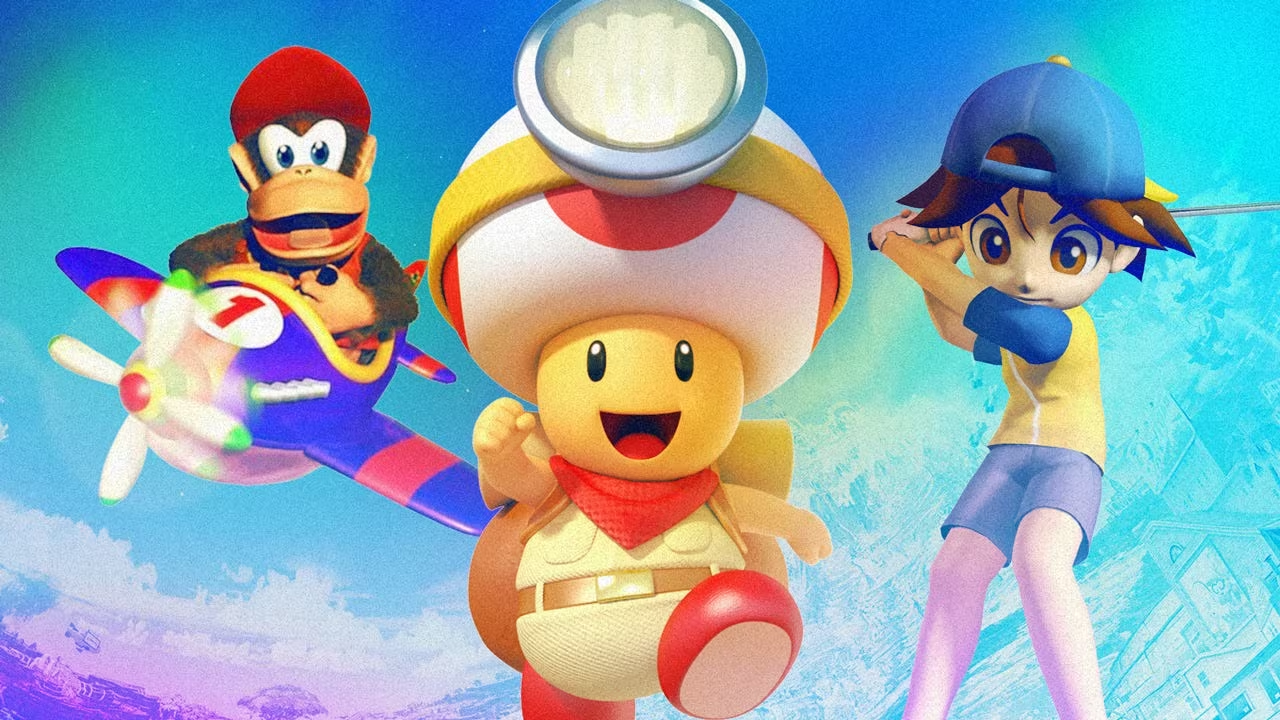The Pantheon of Play: Analyzing IGN’s Definitive Ranking of Nintendo’s 100 Greatest Games
For nearly four decades, Nintendo has defined the landscape of interactive entertainment, producing not just consoles but cultural phenomena. The question of which games truly stand as the company’s greatest achievements is a perennial debate among fans and critics alike. Major gaming publication IGN recently weighed in, publishing a comprehensive list ranking the 100 best Nintendo games of all time, spanning every major console from the Famicom/NES era to the current Nintendo Switch.
This authoritative ranking serves as more than just a countdown; it is a historical document, charting the evolution of game design, technological innovation, and the enduring power of Nintendo’s core intellectual properties (IPs). For players seeking to understand the legacy of the industry’s most influential company, this list provides the essential roadmap.
The Scope of the Ranking: A Multi-Generational Legacy
The sheer breadth of the list is notable, encompassing titles from over a dozen different platforms. Unlike rankings focused solely on modern hardware, IGN’s selection required evaluating games across vast technological gulfs—comparing the 8-bit simplicity of the Nintendo Entertainment System (NES) classics with the sprawling, open-world complexity of modern Switch titles.
To earn a spot among the top 100, a game typically needed to demonstrate several key qualities:
- Innovation: Did the game introduce a mechanic, genre convention, or control scheme that was widely adopted? (e.g., Super Mario 64‘s 3D movement).
- Influence: How profoundly did the title impact subsequent games, both within and outside Nintendo’s ecosystem? (e.g., The Legend of Zelda‘s adventure structure).
- Design Mastery: The quality of level design, pacing, and overall polish, ensuring the game remains fun and functional decades later.
- Critical and Commercial Success: The game’s reception upon release and its lasting cultural footprint.

Analyzing the Top Tier: Defining System Sellers
While the full list of 100 games offers variety, the top ranks are invariably dominated by titles that acted as system sellers—games so compelling they justified the purchase of the console itself. These titles often represent peak execution of their respective genres and demonstrate Nintendo’s unparalleled ability to craft timeless gameplay experiences.
Historically, the highest echelons of such lists are reserved for games that fundamentally changed the industry. These are not merely great games; they are foundational pillars of modern interactive design. The analysis of the top five reveals a clear preference for titles that pushed hardware boundaries and established new paradigms for their franchises.
The Enduring Power of First-Party IPs
It is no surprise that the list is heavily populated by Nintendo’s core franchises. The consistency and quality control applied to games featuring Mario, Link, Samus Aran, and Pokémon are unmatched in the industry. These characters and worlds are not just recognizable; they are platforms for continuous innovation.
Key Franchises Represented:
- The Legend of Zelda: Consistently recognized for its masterful blend of exploration, puzzle-solving, and narrative depth. Titles like Ocarina of Time and Breath of the Wild often compete for the top spot due to their revolutionary approaches to 3D and open-world design, respectively.
- Super Mario: The gold standard for platforming. From the tight controls of Super Mario Bros. 3 (NES) to the gravity-defying creativity of Super Mario Galaxy (Wii), these games showcase pure, refined gameplay.
- Metroid: Praised for pioneering the atmospheric, exploration-heavy ‘metroidvania’ genre. Super Metroid (SNES) is frequently cited for its environmental storytelling and intricate level design.
- Pokémon: Recognized for its addictive loop of collection, battling, and role-playing, establishing one of the most successful multimedia franchises in history.
The SNES and N64: The Golden Age of Influence
While the Nintendo Switch era has produced modern masterpieces, the list highlights the disproportionate influence of the 16-bit and 64-bit generations. The Super Nintendo Entertainment System (SNES) and the Nintendo 64 (N64) were pivotal in establishing many of the genres and design philosophies we take for granted today.
The SNES: Refinement and Depth
The SNES era (early 1990s) is often cited as a peak for 2D gaming, allowing for greater graphical fidelity and deeper mechanical complexity than the NES. Games from this period that consistently rank highly include:
- Chrono Trigger: A benchmark for Japanese Role-Playing Games (JRPGs), celebrated for its time-travel narrative and innovative combat system.
- Super Mario World: A launch title that demonstrated the SNES’s capabilities and introduced Yoshi, further expanding the possibilities of platforming.
- Donkey Kong Country: Revolutionized visuals using pre-rendered 3D models, setting a new standard for graphical presentation.
The N64: The Leap to 3D
The transition to 3D was arguably Nintendo’s most significant contribution to the medium, and the N64 titles that mastered this transition are often ranked highest. They solved complex problems related to camera control, character movement, and environmental interaction that developers still reference today.
“The shift from 2D to 3D gaming was a seismic event, and games like Super Mario 64 and The Legend of Zelda: Ocarina of Time provided the blueprint for how to navigate and interact with these new polygonal worlds. Their influence is impossible to overstate.”

Beyond the Blockbusters: Recognizing Hidden Gems
A comprehensive list of 100 games must also recognize titles that, while perhaps not selling tens of millions of copies, demonstrated exceptional creativity or technical prowess. These often include third-party titles or experimental first-party efforts that pushed the boundaries of their respective hardware.
Examples of Highly-Ranked Unique Titles (Representative):
- EarthBound (SNES): A quirky, highly influential JRPG known for its contemporary setting and unique humor, demonstrating that role-playing games didn’t need medieval fantasy settings to succeed.
- F-Zero GX (GameCube): A blisteringly fast, technically demanding racer that showcased the raw power and graphical capabilities of its console generation.
- Punch-Out!! (NES): A masterclass in pattern recognition and timing, proving that simple mechanics could yield deep, satisfying gameplay.
These inclusions ensure the list reflects not just commercial success, but the full spectrum of artistic and technical achievements across Nintendo’s history.
The Modern Era: Switch’s Impact on the Ranking
As of 2025, the Nintendo Switch continues its phenomenal run, and its top titles have firmly cemented their places among the all-time greats. The hybrid console’s success is largely attributed to its ability to deliver both massive, high-fidelity experiences and highly polished, accessible titles.
Modern games that have earned high placement often leverage the lessons learned from previous generations while introducing massive scale and unprecedented player freedom. The ability of the Switch to bridge the gap between home console and handheld gaming also adds a unique layer to its best titles, emphasizing portability and versatility.
Key Takeaways for Gamers and Developers
IGN’s ranking reinforces several critical lessons about what makes a Nintendo game truly great. It’s not about graphical fidelity alone, but about the fundamental quality of the interactive experience.
- Gameplay First: Nintendo’s highest-ranked titles prioritize tight controls, clear objectives, and satisfying mechanics over complex narratives or photorealistic graphics.
- Innovation is Key: The games that top the list are those that dared to redefine genres, whether by adding a third dimension (Mario 64) or creating a truly seamless open world (Zelda: Breath of the Wild).
- Longevity Matters: The list’s inclusion of games from the 1980s and 1990s demonstrates that exceptional design transcends technological obsolescence. A well-designed game remains fun indefinitely.
- The Power of the Platformer: Despite the rise of complex genres, platforming remains a core strength, with Mario titles consistently ranking high due to their mechanical perfection.
Conclusion: A Celebration of Design Excellence
IGN’s list of the 100 best Nintendo games of all time serves as a powerful reminder of the company’s unparalleled contribution to the video game industry. It is a celebration of design excellence, innovation, and the enduring quality of first-party development.
For newcomers, the list offers a curated starting point for exploring gaming history. For veterans, it provides a structured framework for revisiting beloved classics and debating the placement of their personal favorites. Ultimately, the ranking confirms that Nintendo’s legacy is built on a foundation of games that are not just critically acclaimed, but fundamentally fun and timeless.
What’s Next
As Nintendo continues to evolve its hardware and software lineup, future rankings will undoubtedly see new contenders from the Switch’s successor. However, the standards set by the games on this list—innovation, polish, and lasting influence—will remain the benchmark against which all future Nintendo titles are measured. Fans can expect continued debate and analysis as these historic titles are compared against the next generation of system sellers in the coming years.
Original author: IGN Staff
Originally published: November 10, 2025
Editorial note: Our team reviewed and enhanced this coverage with AI-assisted tools and human editing to add helpful context while preserving verified facts and quotations from the original source.
We encourage you to consult the publisher above for the complete report and to reach out if you spot inaccuracies or compliance concerns.

